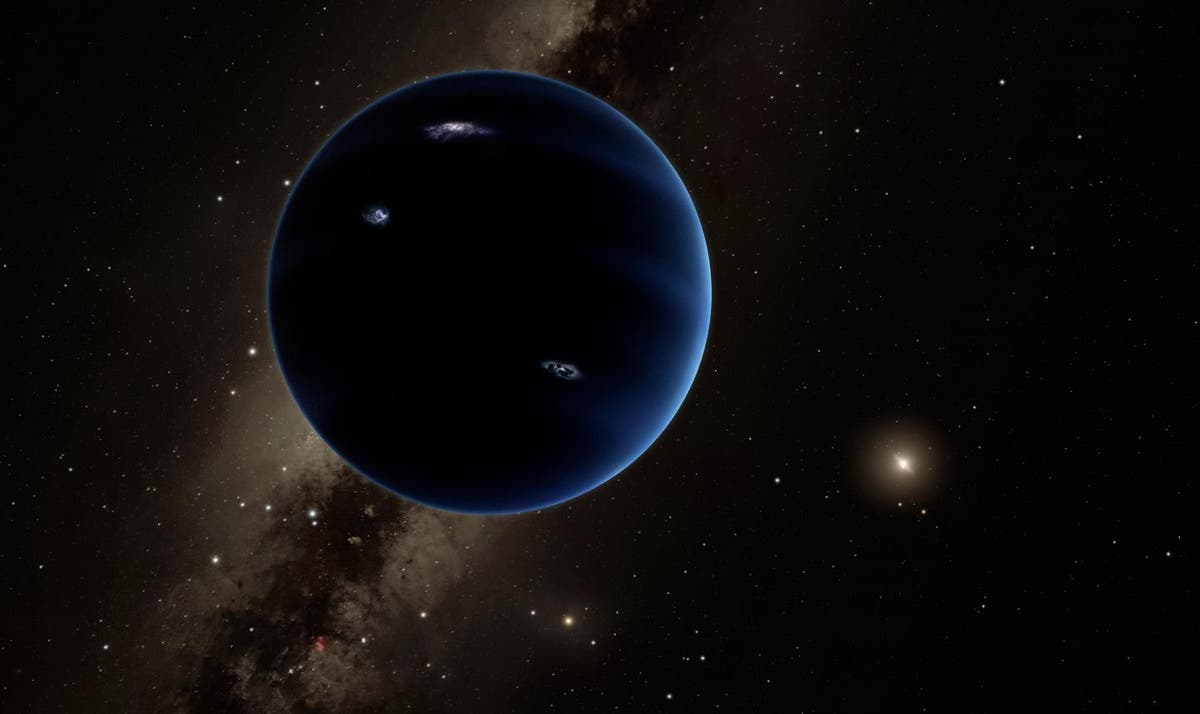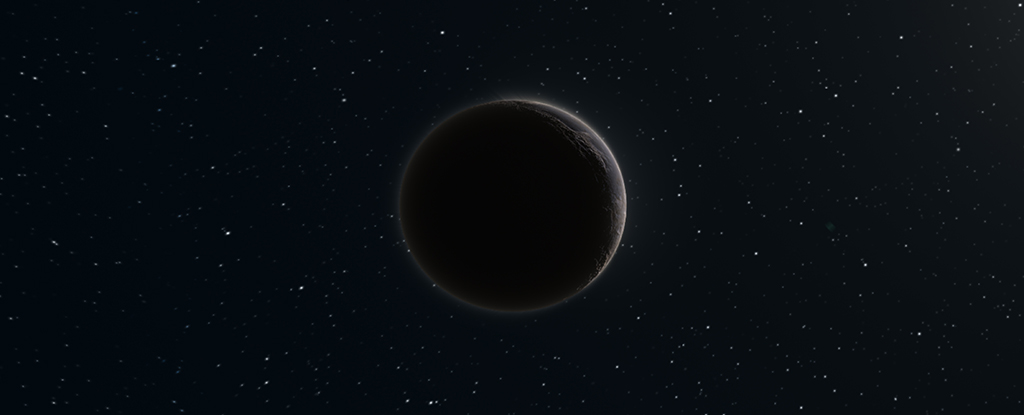The "strongest statistical evidence yet" that there is a planet of this type orbiting at the edges of the Solar System may have been found. This is what astronomer Konstantin Bogytin, from the California Institute of Technology (Caltech), told The Independent.

According to the researcher, to reach this conclusion, the team analyzed the movement of Trans-Neptunian Objects (TNOs), i.e. celestial bodies of various sizes beyond Neptune's orbit, which include dwarf planets such as Pluto and Eris.
The team focused on TNOs that were overlooked due to their unstable movements, caused by Neptune's gravity. This instability makes their paths more difficult to interpret, but the researchers were happy to accept the challenge.
The data was then entered into simulations and combined with known forces from other planets, passing stars and the galactic tide coming from the Milky Way - the push and pull of the galaxy itself. Two sets of simulations were run: one which assumed that Planet Nine was where astronomers think it might be, and another which simply assumed that Planet Nine doesn't exist.
"Taking into account observational biases, our results reveal that the orbital architecture of this group of objects aligns closely with the predictions of the inclusive P9 model," wrote the researchers, quoted by Science Alert.

However, the researchers admit that we are still a long way from obtaining conclusive proof that Planet Nine exists.
Previous attempts to detect it by analyzing its hypothetical effects on the rest of the Solar System have been insufficient. Nevertheless, as more powerful telescopes appear, this question has an increasing chance of being resolved.
Based on the team's calculations, a planet matching the expected characteristics of Planet Nine would be relatively small, with a mass only five times that of Earth and a distance around 500 times greater than our distance from the Sun.
The scientific article has been accepted for publication in the Astrophysical Journal Letters and can be consulted on arXiv .








